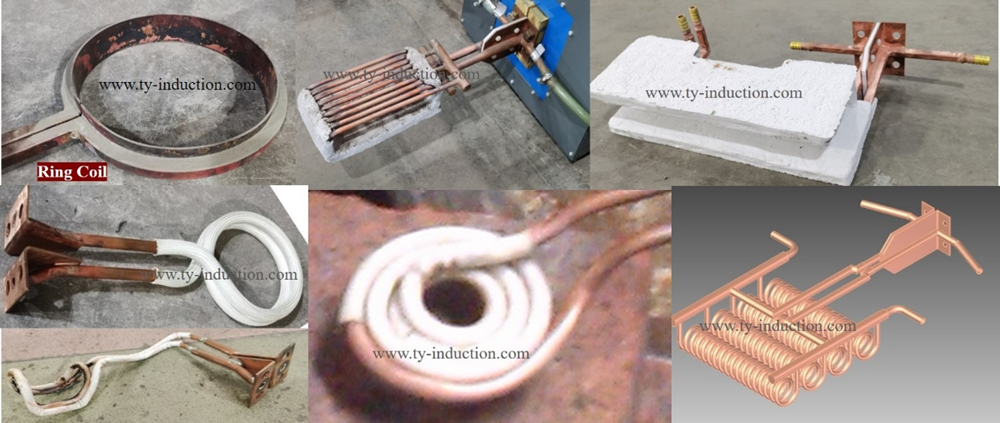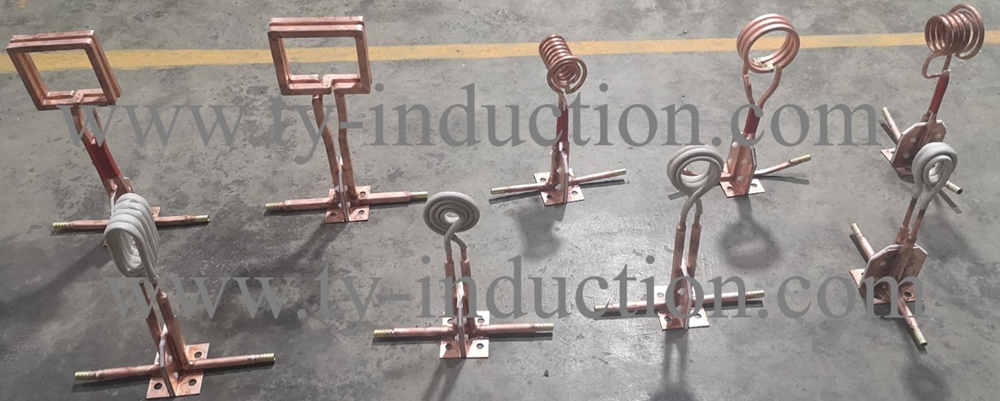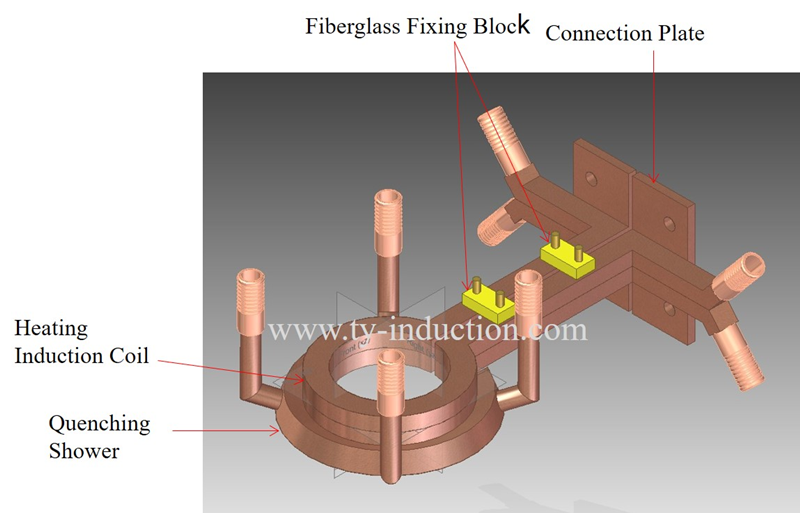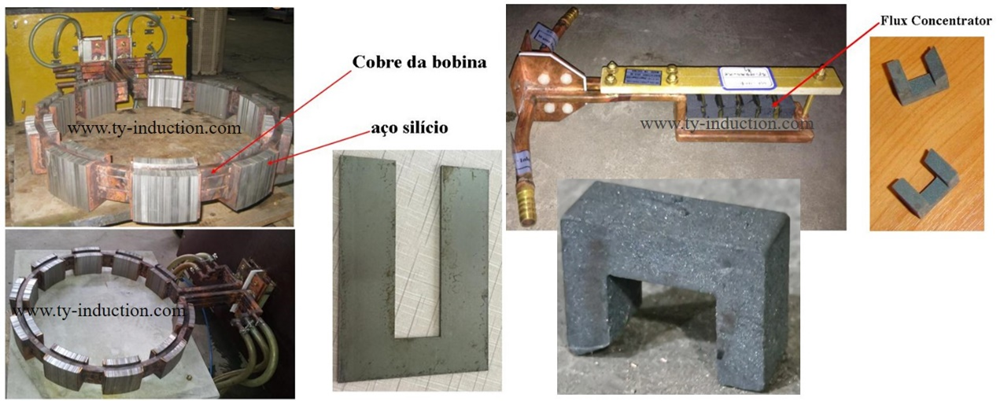Mar. 14, 2023
Minerals & Metallurgy
As an indispensable element of the induction system, the heating induction coil converts the alternating current into an electromagnetic field and acts on the workpiece to be heated. It is usually made of copper tubes, and in special cases, it can be made of copper plates, and then welded with cooling pipes or copper rods and machined into corresponding structural parts. How to make a heat induction coil?
1.1. Coil shape should be based on the shape of the heating surface of the parts. According to the shape of the workpiece, the basic shape of the induction coil is determined to be ring, solenoid, rectangular, shape copied, pancake coil or irregular, etc.


In general, for round and square workpieces, the induction coil should be mainly ring, solenoid and rectangular for applications such as through heating and shrink fitting.
The heating induction coil of the brazing process is designed according to the shape of the joined part of the workpiece, and the inductor should heat the two parts to be joined at the same time.
The inductor of the hardening process is mainly based on workpiece shape.
Thin plate and irregular workpieces are mainly pancake coil and irregular coil.
1.2. Calculate the inductance of the induction coil according to the selected induction heating power supply and the customer's process requirements.

1.3. According to inductance and power of induction power supply to determine the number of turns and size of copper tube.

1.4. Make an induction coil drawing with detailed technical requirement.
It is better to choose diameter above 6 mm, wall thickness 1 mm copper tube if the diameter of copper tube above 10 mm, it is better to choose square copper
Step 1: to annealing the copper tube first if necessary
Step 2: to hit one end of copper in flat
Step 3: to put the sand inside the tube or liquid lead
Step 4: To wind coil according to designed shape, then hit gradually with wooden hammer to make shape perfect. Don’t hit the turn area strongly.
Related links:Step 5: after forming, hit coil with copper tube to remove the sand. The one put liquid should be heated to make the lead melt, and then pour out the lead.
Step 6: to check whether the coil is hollow
Step 7: for the multiple turn coil, put on insulate material (e.g. glass fiber tube or ribbon) to avoid short among turns
Step 8: to polish the oxide layer of the connection of coil.
Step 9: to measure inductance of finished coil by LC meter. Make sure inductance within range of each machine. Each machine has a range of matching inductance. Please refer to the table below!
3.1 Make sure copper tube of coil and the heating surface of the workpiece in parallel and the current flow direction of adjacent turns should be consistent.
3.2 The following situations should adopt double turns or multi-turns:
l Non-magnetic materials such as copper/brass and aluminum, etc.
l Parts diameter ≤20mm
l Plane heating
l Heating by external magnetic field
3.3 Adjustment of distance between coil and part following principles:
l for small parts distance between coil and part should be controlled in 1-3mm.
l For larger parts distance between coil and part is determined by the following principles:
3.4 For heating by external magnetic field (e.g. plane heating, inside diameter heating, etc.) or heating of non-magnetic material, to use different shape of flux concentrator can greatly increase output power of machine. Then the output power can be optimized.

3.5 Make coil leads as short as possible because long coil leads will increase energy loss of machine. E.g. for TYSF, coil lead length is about 200mm but TYHF is about 150mm
3.6 If coil shape determined by heating method and reduce heating efficiency, consider machine with higher power.
Previous: Stainless Steel Sheets with Vibration Non-Directional: An Aesthetic Marvel
Next: None
Related Articles
If you are interested in sending in a Guest Blogger Submission,welcome to write for us!
All Comments ( 0 )